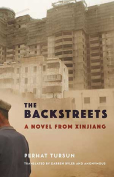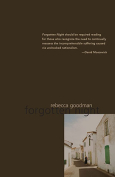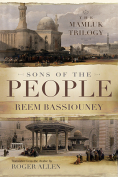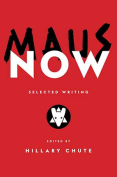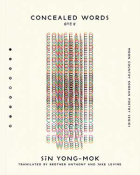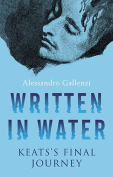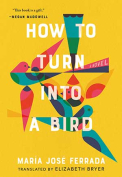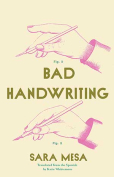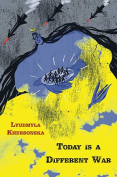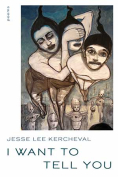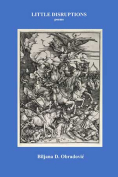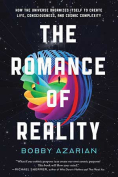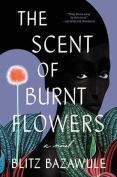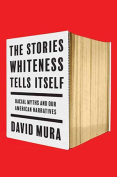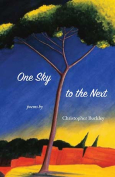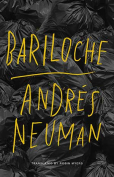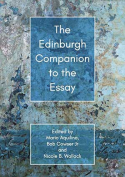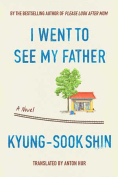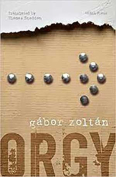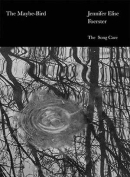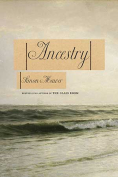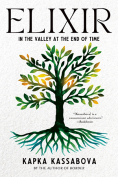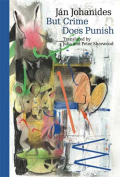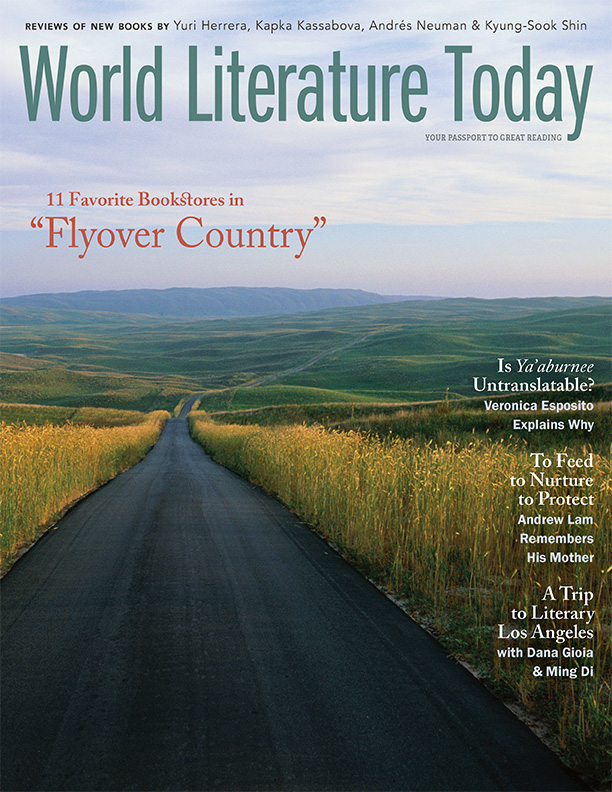The Maybe-Bird by Jennifer Elise Foerster
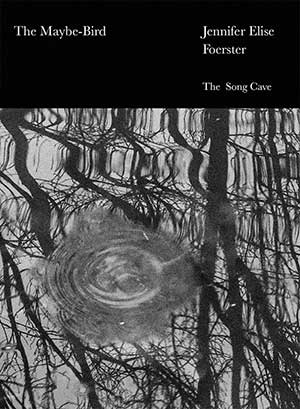 Brooklyn. The Song Cave. 2022. 134 pages.
Brooklyn. The Song Cave. 2022. 134 pages.
In The Maybe-Bird, Jennifer Elise Foerster presents an impressive work that explores the fluidity of language and the ways in which fluidity can inspire emergent and insurgent forms. Through a conceptualization of order informed by net, basket, dance, and chant, the book demonstrates how language flows organically as process, revision, and resonance. Akin to echo, the poems in the book call back to one another, through time, and between positionalities. The book’s form could be called found, but Foerster herself chooses instead to employ words that feel more organic and ones that better define the framework of the book, words such as shadow, quilt, patter, splice, and spiral. The reader is introduced the way one might map a particular region and community, with an emphasis on time and language. And if a map, the words then would be the waterways as opposed to roads that help orient the reader to the book’s expanse.
Foerster’s collection begins with a serial poem called “Sixteen Shadows,” which was composed by cutting, erasing, and rearranging language into “text-quilts.” This poem, again, could be a found work as it borrows and reclaims language from various settler texts about Creek County between the years 1527 to 1828. However, shadow here might be the better term for this kind of work as it relies on the way in which language casts a shadow of its own. Foerster uses shadow to compose the poem altogether, resulting in a kind of what she has formerly called a “shadow poem.” This poem sets the tone for the book and establishes a connection between language, time, landscape, and memory. The next poem, which could be another found work, borrows vocabulary from John Pope’s “Catalogue of Indian Words.” These two poems serve as a compass for the book and guide the reader through the unfolding of the next section, titled “The Maybe-Bird.”
“The Maybe-Bird” is a highly sophisticated work that requires a choreography through which the reader travels. The section is composed of a series of poems that are intertwined and interconnected, creating a sense of unity and coherence. The poems in this section are characterized by repeating lines that give the language a flow and rhythm. This repetition is not repetitive, however, as it serves to reinforce certain ideas and themes, creating a resonance that echoes throughout the section. The form itself is an innovative approach to the way one might read a table of contents without linearity in mind. Language, after all, is a matter of expression and not necessarily navigation. The gesture within the work is more reclaiming space as opposed to defining it. The intricate design of The Maybe-Bird is rooted in an Indigenous way of looking and meaning-making.
Foerster’s language in the book is both intricate and precise. It’s highly imagistic with lines that capture and surprise. If the book is a map and the poems are waterways, the words themselves become the river stones or the tree branches that bob somewhere in the current. Each word placed purposefully before the next creates a pattern readers might find familiar because it’s one they might find in their backyard or just outside their window: bear, stream, streetlamp, walk sign, plane hangar, wave breaking, rustling leaves. The poems are layered with meaning and sound that illustrate the tact Foerster has in her approach to poetry. One of the most impressive aspects of The Maybe-Bird is Foerster’s ability to create a sense of continuity and community throughout the book. Although the book is divided into different sections, there is a clear sense of progression and development. The poems build upon one another, creating an arc that is not necessarily narrative but still impactful and thought-provoking.
Overall, The Maybe-Bird is a remarkable work that demonstrates the power and fluidity of language. The book is not easy to navigate, but navigation is associative with genocide; the more one knows, the more one has control. The book is a compelling work that demonstrates the way one might know a place through a perspective of language, time, landscape, and memory.
Jake Skeets
University of Oklahoma
